
Image: Aditya Irawan/NurPhoto via AP Images
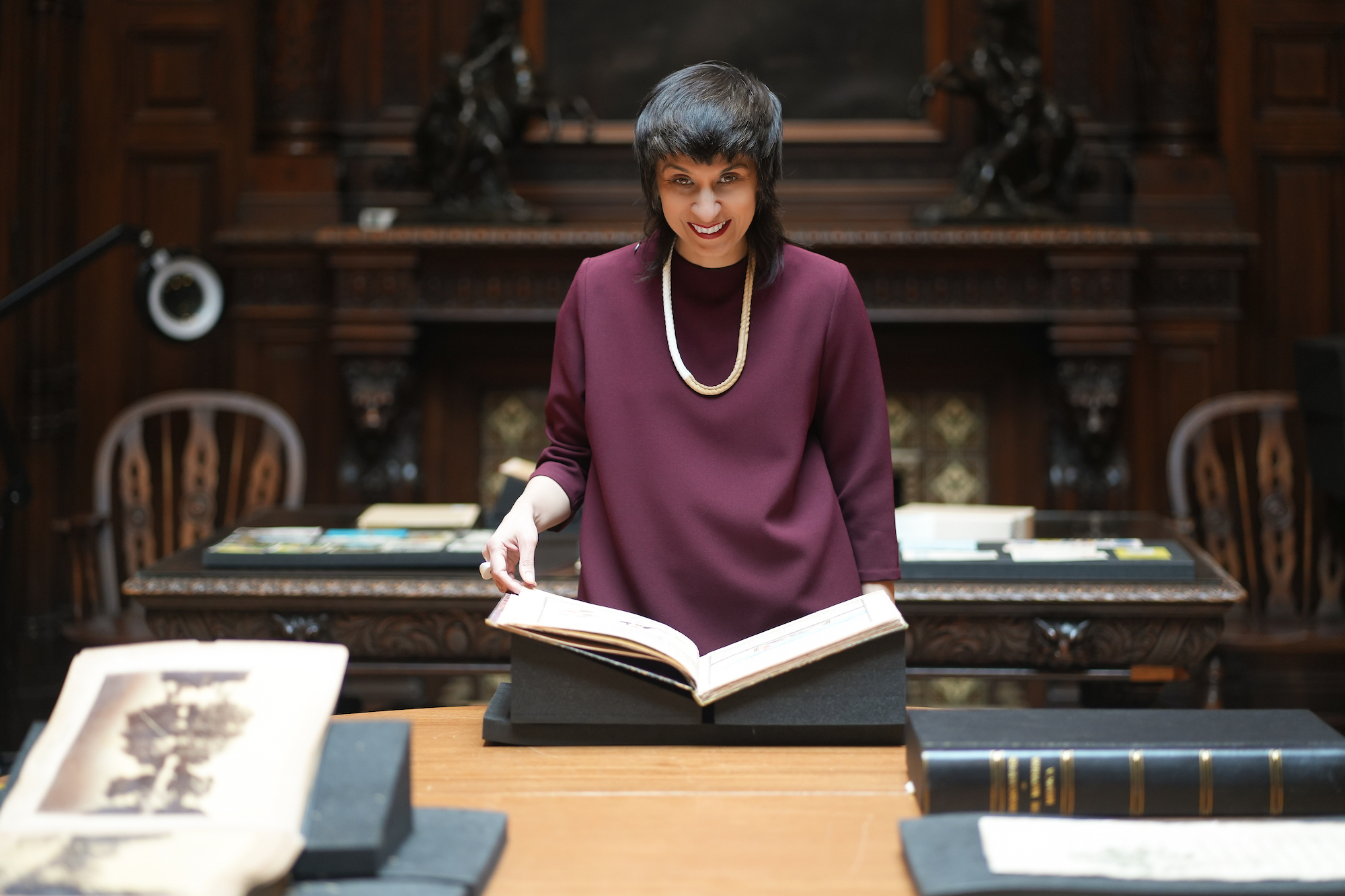
Everyone has a different relationship to books. There are memories of cracking a spine within the hushed stacks during graduate studies, of childhood afternoons spent holed up with a favorite volume, desperately turning pages to find out if, and how, Alice ever made it out of Wonderland. As stories and as physical objects, books captivate readers who may run a light finger along the lines or check the back to read about the typography, wishing to linger after an ending. Books speak to craftsmanship.
“We need to have more conversations about making books, about using books, about what books do,” says Sonal Khullar, the W. Norman Brown Associate Professor of South Asian Studies. In “Old Stacks, New Leaves: The Arts of the Book in South Asia,” Khullar explores the multitudinous manifestations of manuscripts, print culture, and oral traditions. The edited volume combines scholarly essays, artist’s projects, and creative nonfiction to trace a history of illustrated books in South Asia from 1100 C.E. to the present.
Between censorship, book bans, and digital media, people worry incessantly about the death of books, the death of libraries, and the death of reading, Khullar says. “Old Stacks, New Leaves,” argues that the art of the book is still a vital form and dynamic practice in South Asia and elsewhere. In a Q & A, Khullar discusses scholarship, the printed word, and “love in the stacks.”
As I’ve worked on this project, I have come to see the impulse to make art and to write books as closely related to each other. ‘Books’ is a capacious category, including manuscripts as well as poems and performances and plays that are transmitted orally. Many people understand the Hindu epics, the Ramayana or the Mahabharata, as great books, often encountered not as material texts but as tales that have been told and retold, scribed and reinscribed, submitted to revisions and re-imaginations. This relationship between orality and textuality is crucial to the history of books in South Asia.
Estimates for the number of extant manuscripts in South Asia ranges from 7 million to 30 million. South Asia is ‘manuscript country,’ according to Anthony Cerulli and other scholars. At the same time, South Asia has strong oral traditions that continue to this day. People read written texts and recite books from memory. These practices don’t negate each other.
The project began with an imperative to examine the relationship between orality and textuality and between the material book and immaterial ways in which books are remembered, lost, recycled, or revised. There are many ways in which we consume books that do not align with ideas enshrined in national archives, where materials are preserved forever. There are lots of books—newspapers, magazines, pulp fiction, timetables, calendars, cookbooks—that are intended for other uses. ‘Old Stacks, New Leaves’ relates rare and precious books—Mughal albums, for example—to more ordinary books that we live and work with every day.
It’s not as if artists are looking at the relationship between art and books for the first time, but there has been a new intensity to examining that relationship. There are two main factors for a turn to books in the contemporary art world. With a move to digital publication in the 21st century, people worry incessantly about the death of books, the death of libraries, the death of reading.
Digitization has produced reflection, not just among scholars, but also among artists. What does it mean for how we create knowledge, preserve knowledge, and play with knowledge, which is often what artists do? That’s one reason for an uptick of interest in art books, book arts, and artworks about books in the contemporary art world.
The other reason is a rise in censorship and prohibitions around books. There are controversies in schools and libraries right here in the United States about what can and cannot be read, taught, circulated, published, etc. That’s not limited to the United States.
It has become harder to publish, make art, and speak freely and openly in South Asia, for a number of reasons. Yet we’re seeing the emergence of independent presses, publication initiatives, reading rooms, new exhibition spaces, and sites for books and art. There’s an acceleration of activity in literary and artistic spheres. That phenomenon needs to be studied alongside censorship and challenges to free speech and cultural expression.
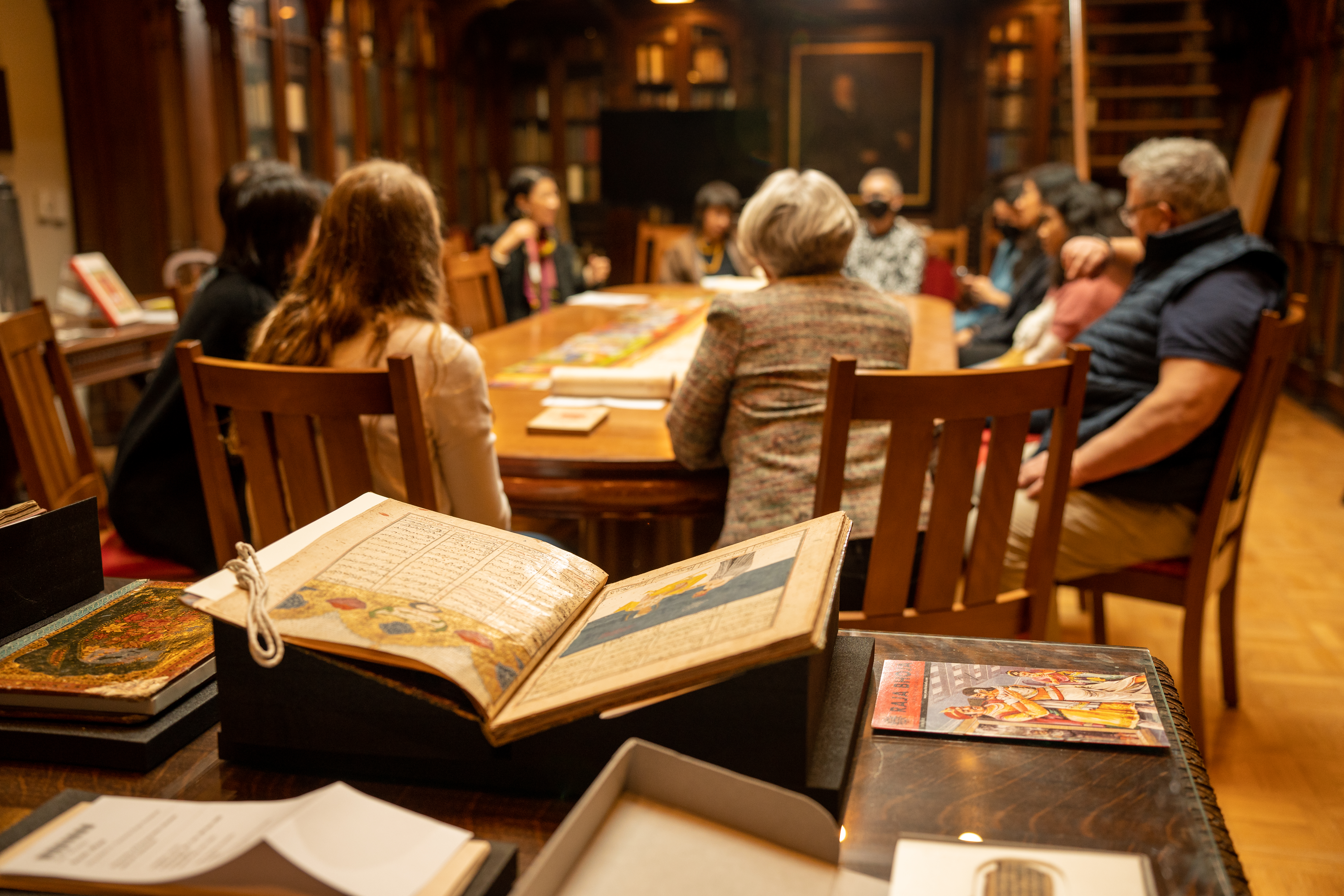
Scholars often dissimulate desire, yet our work is the work of desire. It is about relationships that we form with books and with others through books.
I wanted this book to ‘delight and instruct,’ to quote Martin Amis quoting John Dryden in an interview in The New York Times, in which Amis says “we read literature to have a good time.”
Over the years, editors have encouraged me to write books for undergraduates and general audiences about South Asia. We need scholarship that can appeal to nonspecialists. This book project was a way of broadening the audience for art and books and for scholarship on books, with critical and creative writing that brought us as authors, editors, translators, binders, textile dyers, and illustrators into a playful dialogue about books. We do all this work as makers of books, but these labors of love are hidden from view. We need to have more conversations about making books, about using books, about what books do.
If it weren’t for loving encounters with books that we had as children and as adults, we might not have found our way into the professions that we did. That was a sense memory I wanted to evoke. A lot of readers, scholarly and otherwise, have had moving reactions to the title of my introduction, ‘Love in the Stacks.’ The executive editor who acquired the book smiled when she heard it. One senior academic rattled off a list of six libraries where he had undertaken love in the stacks. For these readers, the title conjured a bodily experience, physical condition, and intimate relationship. Something of their lives and careers was captured by that phrase.
My Italian graduate student had a different reaction because in places like Italy or India most libraries have closed stacks. The title had no resonance for her. I thought we needed to analyze that, which is to say, what is our relationship to closed and open stacks? How does national or cultural difference matter? The term ‘love in the stacks’ is meaningful for U.S. readers and perhaps less so for readers elsewhere. How do we write a global history of books and libraries? Can we connect developments in the humanities where scholars have been researching bodily and sensory engagements with material texts to developments in the contemporary art world? Scholars and artists might learn from each other.
One book that didn’t make it into the final draft is a copy of Lewis Carroll’s ‘Alice in Wonderland,’ given to me by my Uncle Shyamu, a physician in India. He signed it, ‘With love, Shyamu Mamu [Uncle], November 1985.’ I would have been 7 years old. It’s a Soviet book printed in 1979 by Progress Publishers in Moscow and sold for Rs. 6 (about $1 in 2023) by Navakarnataka Publications in Majestic Circle, Bangalore.
It has English text, a Russian commentary and translation, and wonderful illustrations, as a lot of Russian books do. Russian picture books were widely available in my childhood because of the Indo-Soviet alliance in the 1970s and afterward. This bilingual book demonstrates how books travel across cultures and how you don’t have to know or understand the written text to enjoy them.
I’ve read and recited ‘Alice in Wonderland.’ This copy shows signs of active use, and it’s very special to me for the story, illustrations, and inscription it bears. When I invited the authors of this project to join me, I sent them photos of it and said, ‘Let’s have some fun. ‘Alice in Wonderland’ is my visual gift to all of you and an omen of what I’d like to achieve: a scholarly book written with a light hand and an open heart. In English, not Academic!’
This project was made possible through support from the Penn Global Engagement Fund, School of Arts & Sciences Conference Support Grant, Kislak Center for Special Collections, Rare Books and Manuscripts, South Asia Center, Wolf Humanities Center, the Workshop in the History of Material Texts, and departments of the History of Art and South Asia Studies. Color illustrations for “Old Stacks, New Leaves” were made possible in part by support from the Humanities Research Fund at Brown University, the College of Arts and Sciences at Cornell University, the Lakshmi Mittal and Family South Asia Institute at Harvard University, and the Charles Williams Publication Fund of the Department of the History of Art at the University of Pennsylvania.
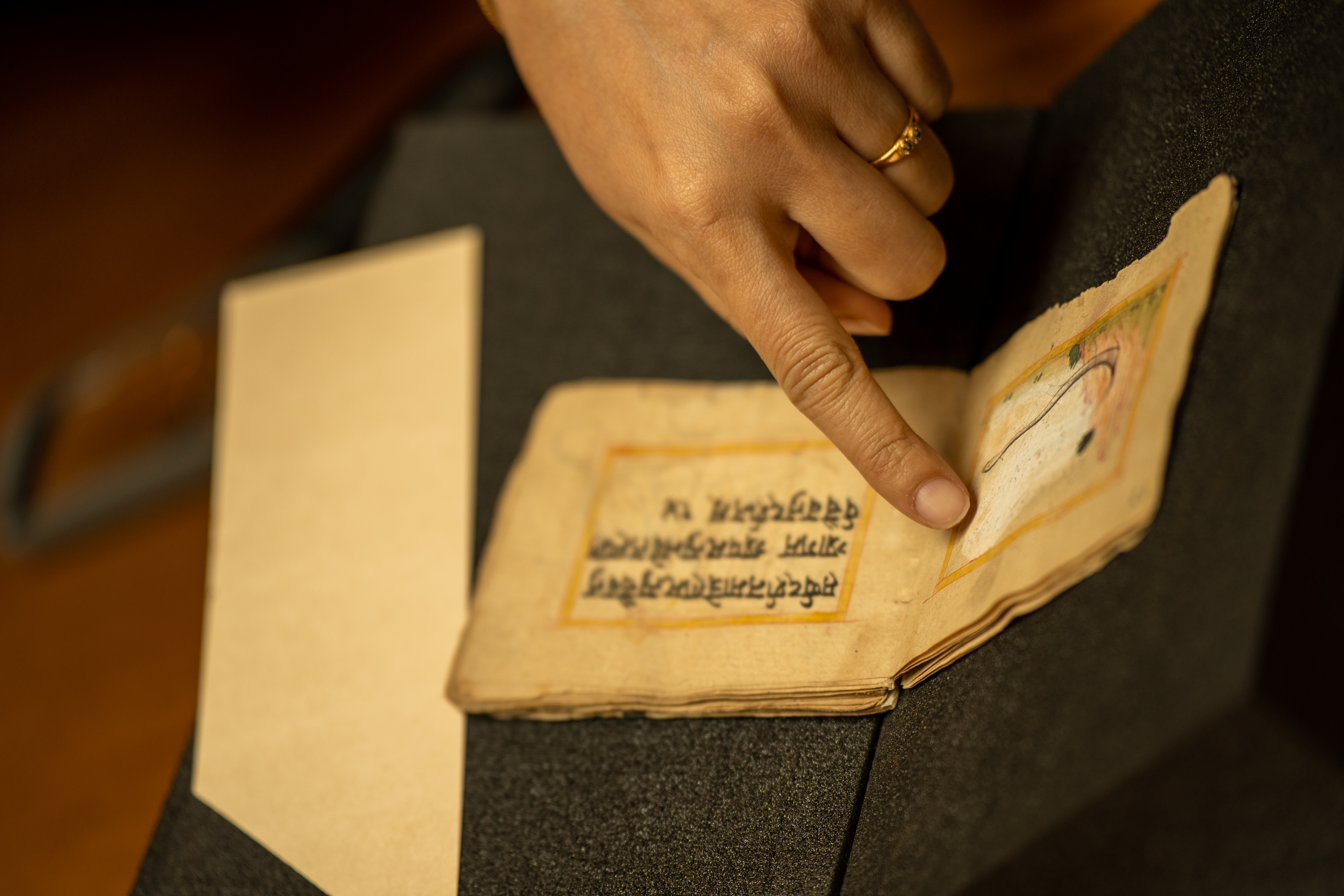
Kristina García

Image: Aditya Irawan/NurPhoto via AP Images

nocred
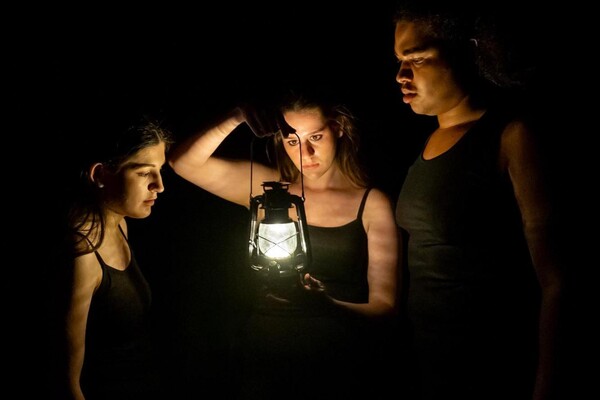
Image: Michael Levine
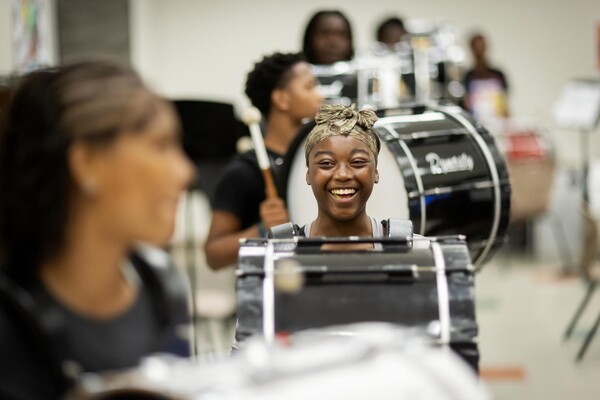
A West Philadelphia High School student practices the drum as part of a July summer program in partnership with the Netter Center for Community Partnerships and nonprofit Musicopia.
nocred